For the past week, I have been on "light duty" as a result of illness. Unable to dig holes, chop logs, or set posts, my sons and I endeavored to unravel the nature of Blueness.
Philosophers of previous times apparently overlooked what I feel is the first logical step. We obviously needed a quantity of blue, as pure as possible.
This is the Añil tree. We previously thought we had identified the Añil tree and tried the following procedure once before. We failed. It really helps to actually have the right plant in hand. This tree looked very much like it might be the one, and it later proved indeed to be the real Añil or Indigofera suffruticosa. That genus name Indigofera, might give a hint as to what we are trying to do.

We set to work collecting the seeds of this tree. Our idea was that if this was the true source of indigo, we would want to plant more of it.
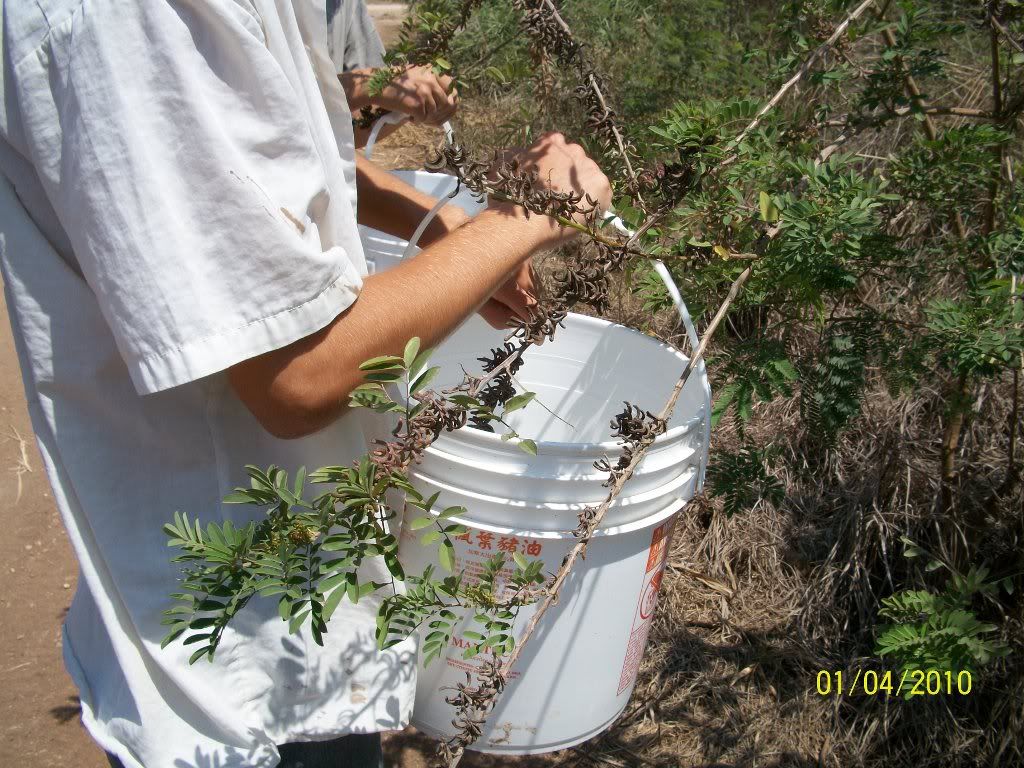
Harvesting indigo is really rather tedious work. The leaves need to be stripped off the tree and put into a bucket.
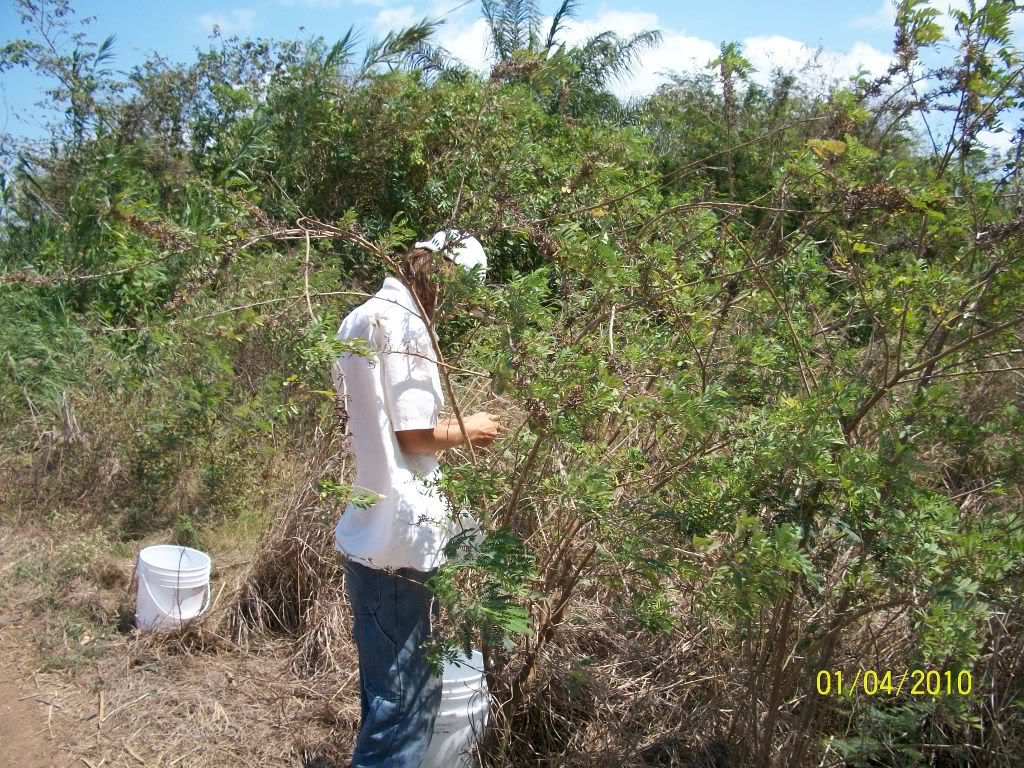
It takes an enormous amount time to get even a partial bucket of leaves.
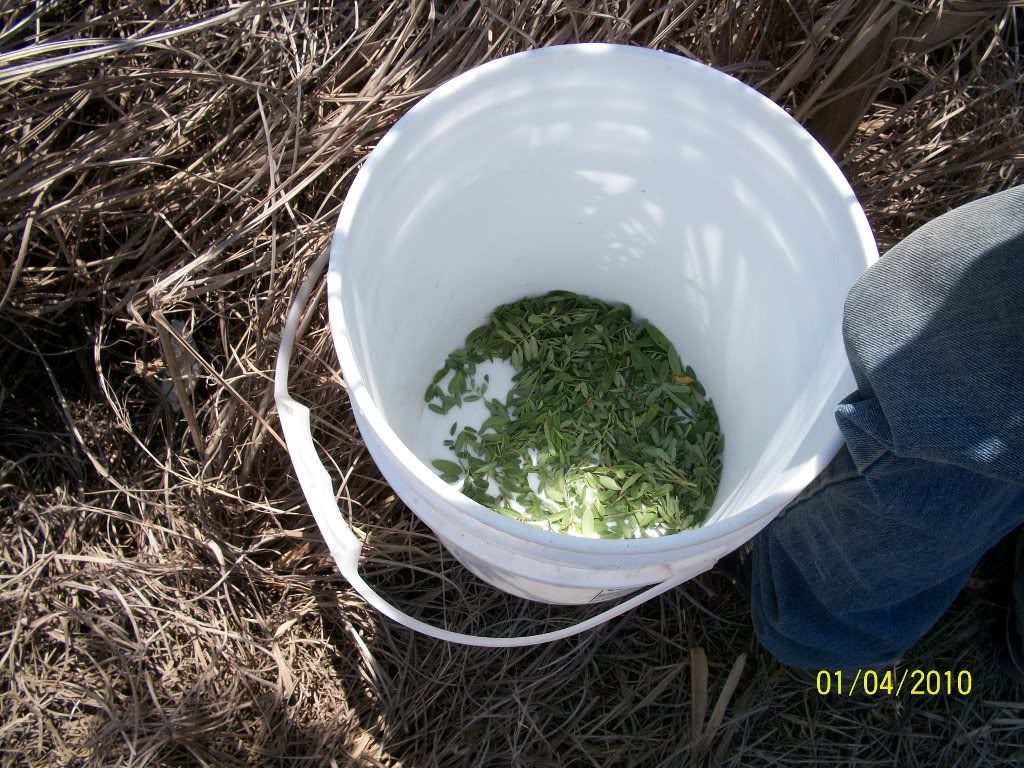
Eventually the bucket had enough leaves to do the experiment so we returned to the house to cover the leaves with water.
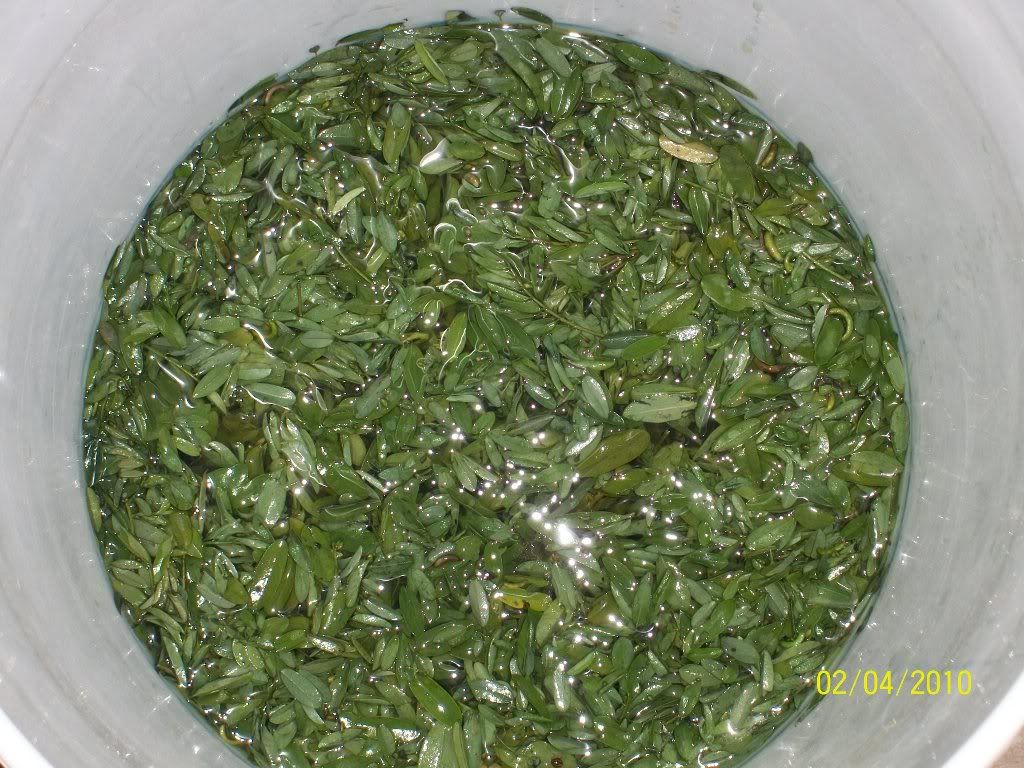
We used a plate to keep the leaves submerged as much as possible. The idea is to allow the leaves to ferment in the water overnight. The indigo dye we are after is not actually present in the leaves. But a colorless water soluble precursor chemical called indican is present in the leaves. This is the stuff we want. Actual indigo is not found in nature. But indican, once extracted from the leaves, quickly reacts with the water, then oxidizes with some oxygen from the air and becomes indigo. This is how natural indigo is extracted from plants.
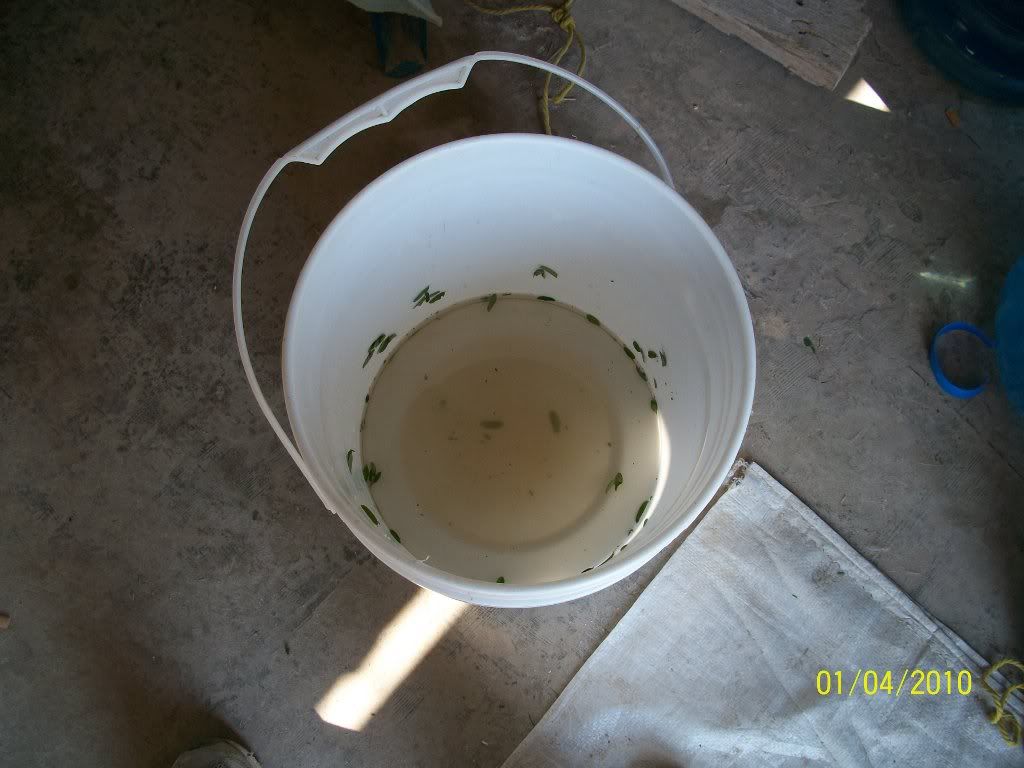
The next day we uncover the fermentation bucket and pour the contents through a colander. We keep the yellow fluid and discard the leaves.
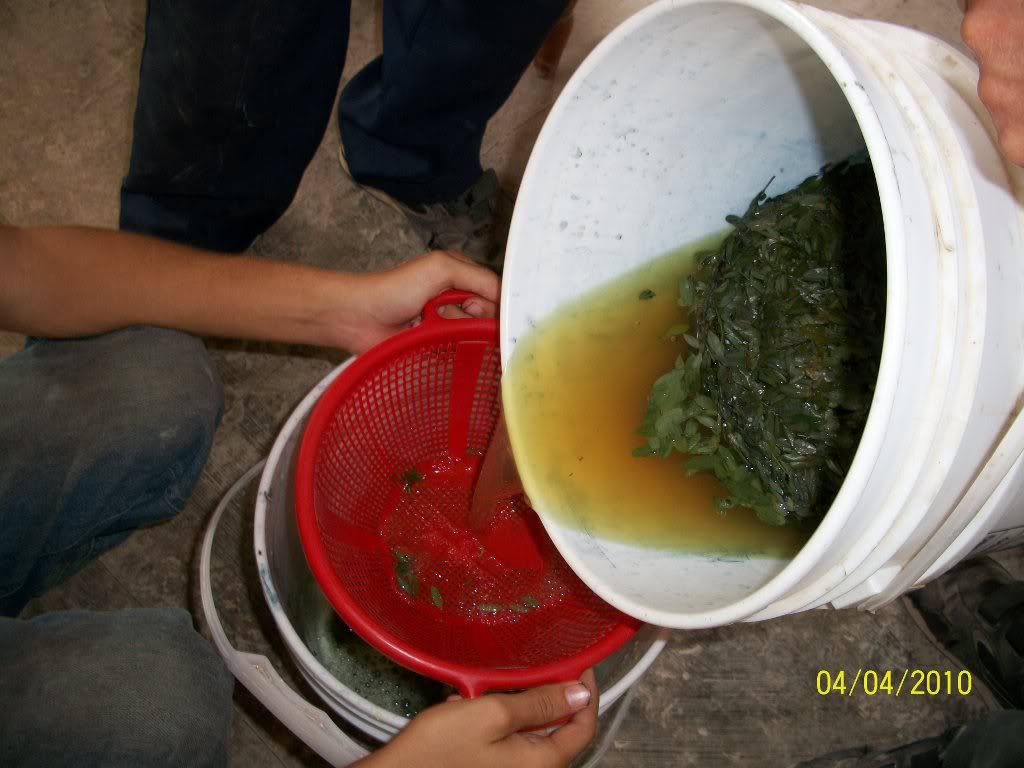
The liquid rapidly turns a beautiful green. We know that now is when the dye can color cloth so we put a white rag in the bucket for about 30 seconds.
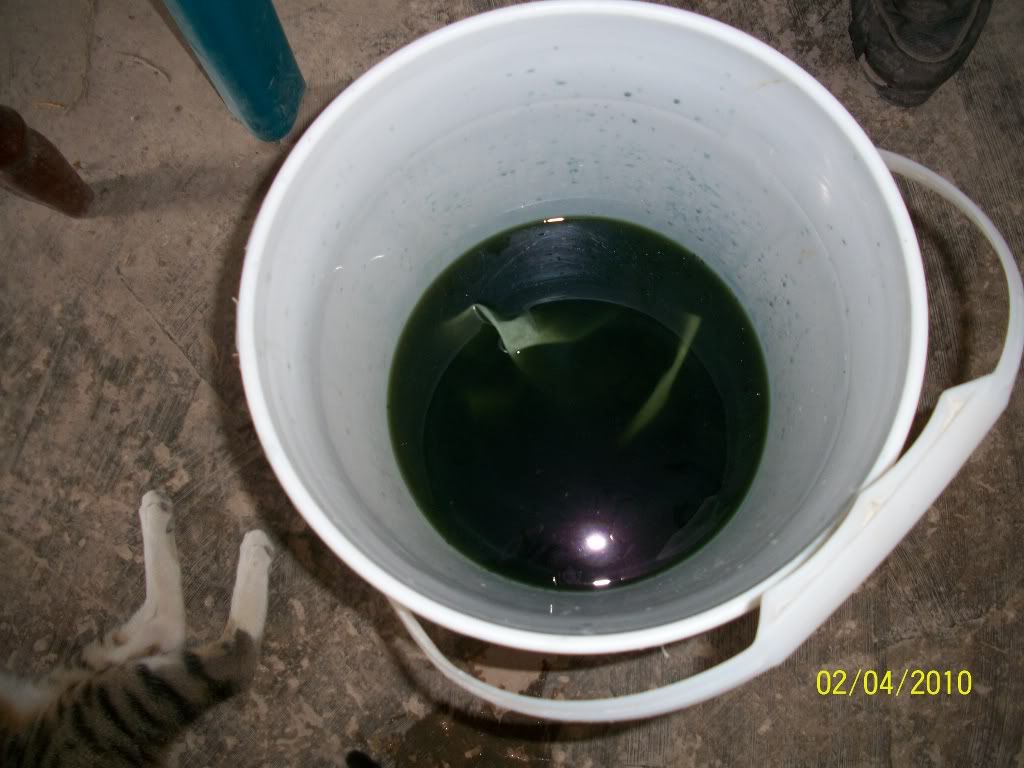
It comes out of the bucket a vivid green. Rebecca hangs it on the line to dry and returns with the camera, but the green has already transformed into blue.
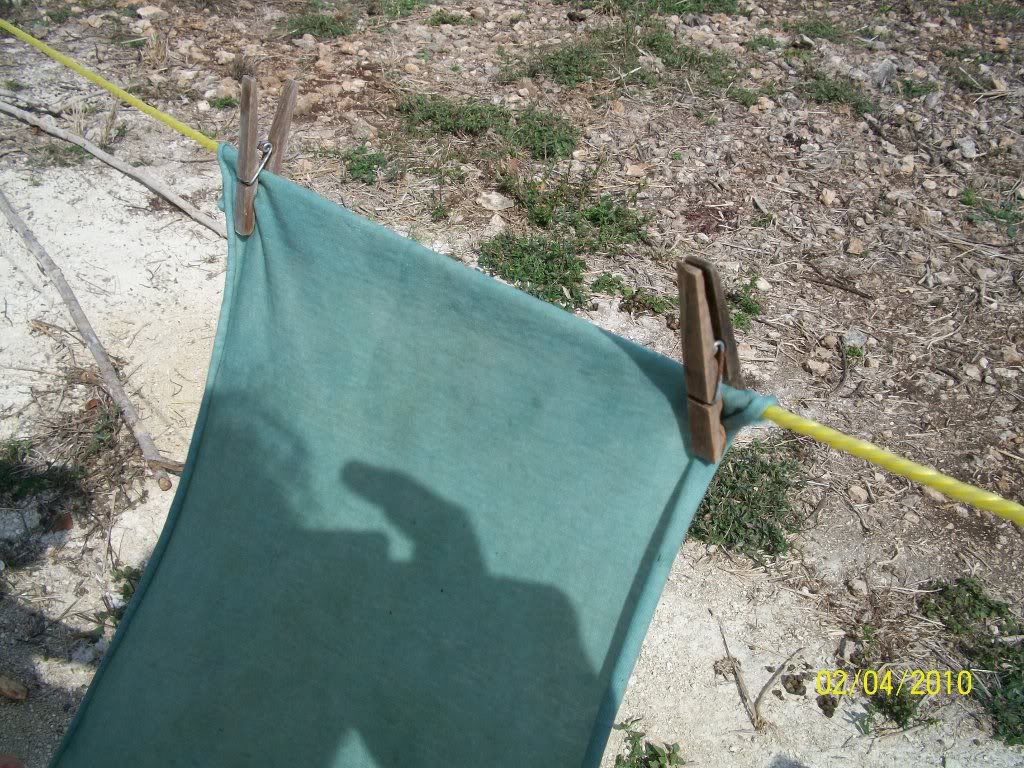
Still, we want the finished product, the dry extracted indigo dye powder. So we continue processing.
We pour the liquid back and forth between buckets to let oxygen mix with the fluid and the green becomes blue before our eyes.
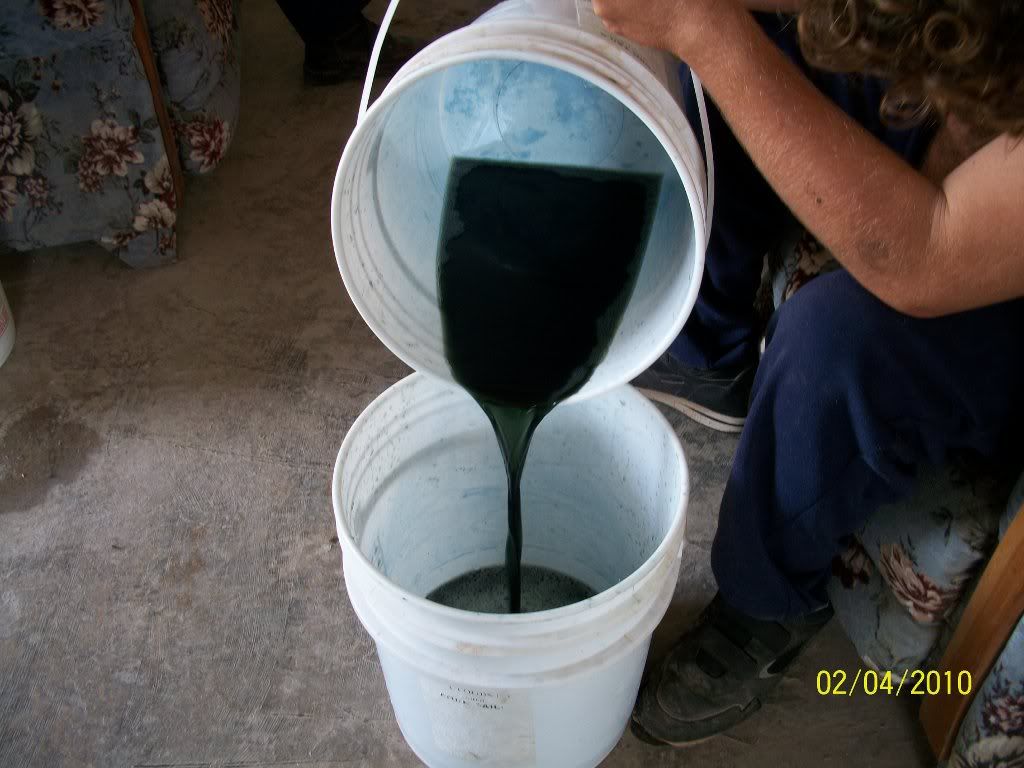
At this point we know that oxidized indigo is present in the bucket. We had a good clue already when the green rag turned blue, but the indigo in the bucket is now well oxidized, and is no longer water soluble.
We add a pinch of cal or calcium hydroxide to act as a flocculant and let the bucket sit for several hours. The blue falls out of suspension leaving a clear golden fluid in the bucket.
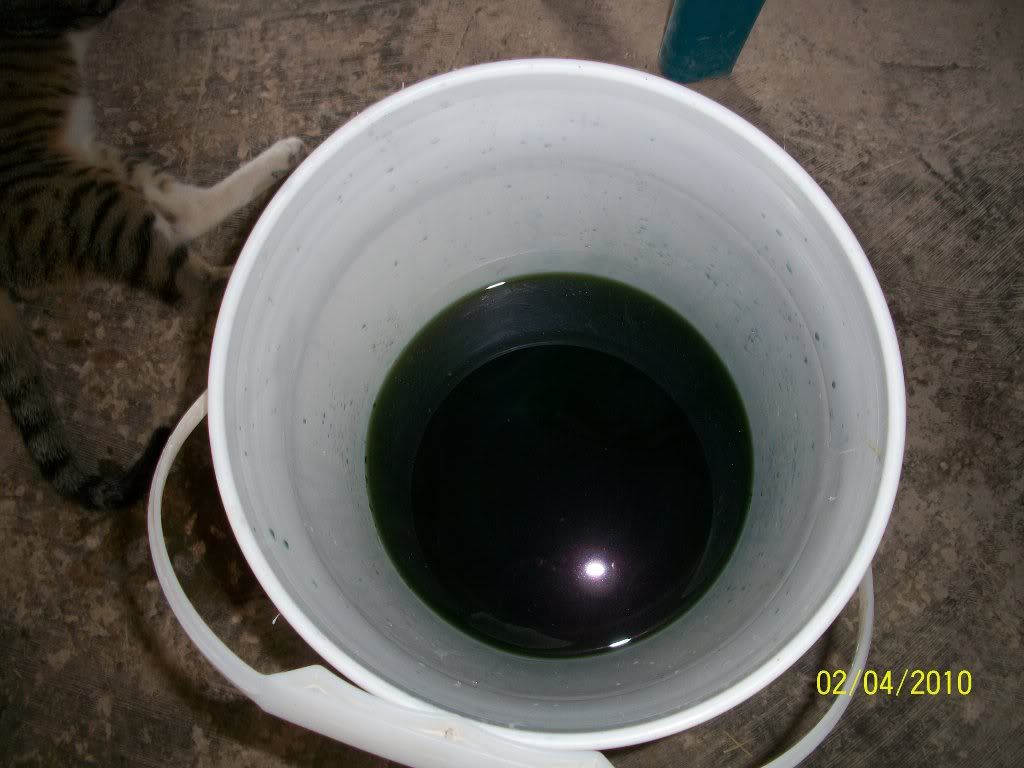
We carefully pour this off, reserve the blue and dry it in the sun. From a glass full we got a good amount.

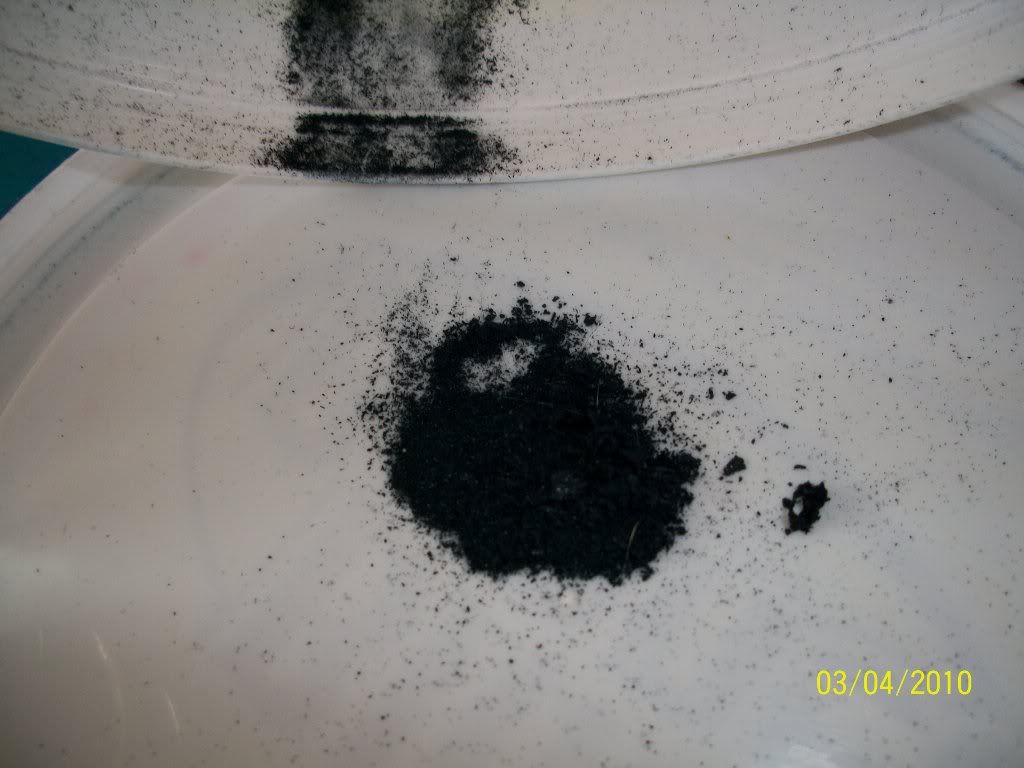
The larger portion takes all day and part of the next day to dry. But eventually all that is necessary is to scrape it off a plate and put it into a container.
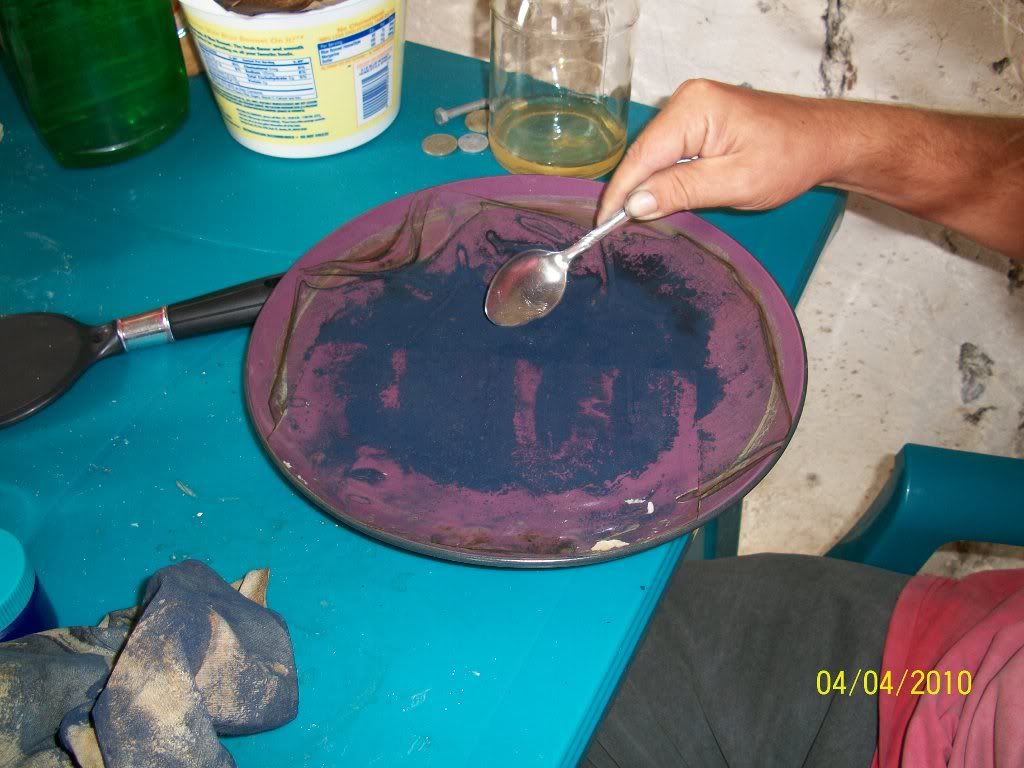
So we have extracted indigo from trees we found growing wild in our yard. This is a good start, but it is only half of the nature of blueness. Remember, the indigo in its blue form, its oxidized form, can not be dissolved in water. That is why we dipped the rag before the fluid turned blue. Blue can not dye blue, only yellow can dye blue. To use the dye, we have to reduce it back to its yellow form. This can easily be done by taking the atom of oxygen off each molecule of indigo. The boys insist that picking the atoms off by hand is far too tedious, so we will explore several better ways to do this.
No comments:
Post a Comment